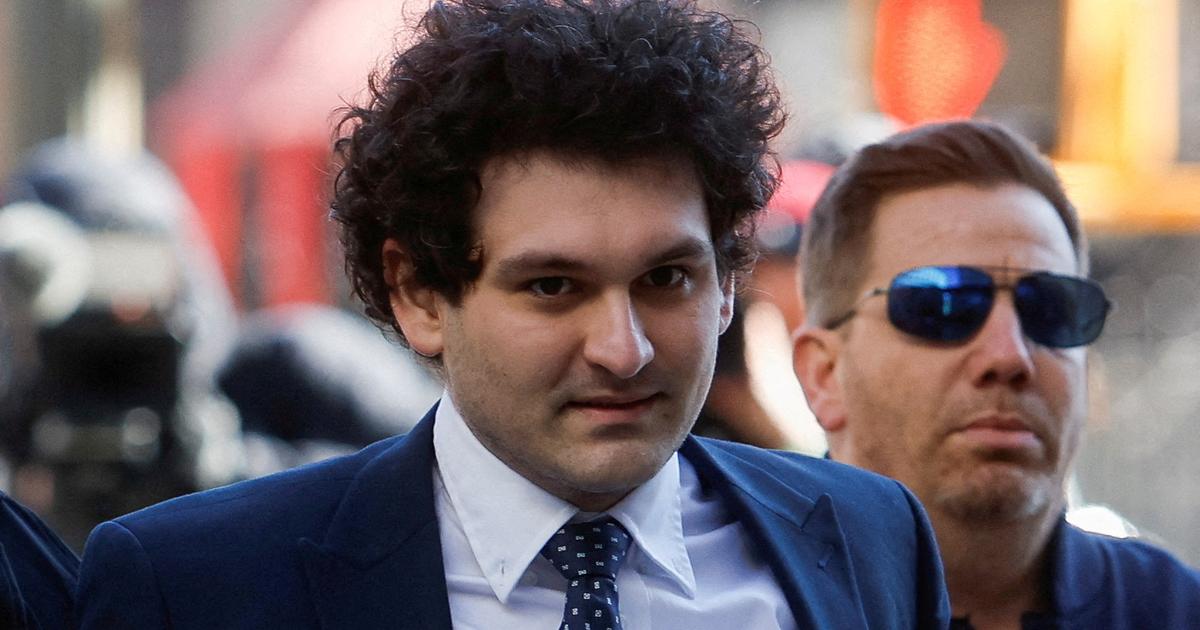Few objects appear to be so “authoritative”, so capable of generating great fantasies, like a work of art, especially if they are behind a red velvet cord that distinguishes them from the rest.
However, that authority, highly protected and insured by millions of euros, could be just smoke, a deception not yet detected in any art gallery in the world, from the most modest one —the small museum in Elna, in the eastern Pyrenees, with a 60 % of works falsely attributed—even the most powerful—the New York Metropolitan, of which Thomas Hoving, its director between 1967 and 1977, went so far as to affirm that 40% of its collections were forgeries.
Fraud equals them all.
More information
'Salvator mundi: Leonardo's yes, Leonardo's no
We walk through the central gallery of the Prado and we stop moved in front of a
rubens
, a
tintoretto
or a Santa Margarita that emerges from the body of a dragon in a graceful
contrapposto
, with Venice burning in flames in the background.
The cartouche shields the canvas better than a quartz crystal.
No doubt;
he is a
Titian
.
And, while we're at it, we could walk through the
stands
of an art fair without thinking that the latest quip from the fashionable artist is more authentic in its ridiculousness than some fraudulent paintings and sculptures—with their certificates—by a classical author.
These are just two situations that throw us back into Plato's cave, when we lived comfortably in our ignorance, looking at works of art —shadows— believing they were real.
Art is that, a sensitive, mutable, corruptible part of the world.
We don't know to what extent.
There are remarkable copies that have fooled the most distinguished experts.
Ernst Beyeler, who was said to have the “absolute eye”, was swindled with a fake 'Rothko' that was included in the retrospective organized by his foundation in Basel.
There are remarkable copies that have fooled the most distinguished experts.
Ernst Beyeler, who was said to have the “absolute eye,” was swindled with a fake
Rothko
that was included in the retrospective his foundation organized in Basel.
Rosa Maria Malet, one of the commissioners, did not see the wolf's ears either;
in reality there were two of them, Carlos Bergantiños Díaz and his accomplice Glafira Rosales, who put the painting into circulation through the New York gallery Knoedler (founded in 1848, it is the oldest operating art gallery in the United States).
Behind that falsification of the sublime a strange reality was hidden: the sixty-year-old Chinese Pei-Shen Qian worked as a conscientious copyist from a hidden workshop in Queens.
Art dealer Fernand Legros (wearing a hat) sold the works of forger Elmyr de Hory for years. James Andanson (Sygma/Getty Images)
Read
Illustrious Counterfeiters
.
They will not come out wiser (from the cave), but more dialectical.
Art and money merged in their own phantasmagoria where each "element" takes on a portrait: dealers, curators, experts, researchers, journalists, oligarchs and mercenaries of the matter.
In November 2017, all these factors worked in perfect synergy in one of the most spectacular productions known in the artistic field: a
Salvator Mundi
, advertised as the
Mona Lisa .
masculine (out of nowhere from a small auction room in New Orleans), crunches under Christie's New York's gavel for $450 million in a frenetic auction of contemporary art (!).
For a few months, the painting, in the hands of a Saudi prince, hung in the Abu Dhabi Museum under the Louvre label.
Today he remains hidden, in that cavern from where he should never have come out.
The case of the supposed
Leonardo
(in the best of cases, it is attributed to the artist's workshop) is the corollary of the 150 pages that the French writer and journalist Harry Bellet dedicates to the most illustrious art forgers of all time, “ the oldest trade in the world”, he says (the quoted Thomas Hoving talks about an Egyptian papyrus preserved in the Stockholm Museum in which advice is given to make false precious stones from glass beads).
From the Greek Pasiteles the Younger, through Michelangelo (in his youth he copied a
ghirlandaio
and made the copy pass for the original in the eyes of the master himself) and El Greco (under his direction, his workshop reproduced the most admired paintings in five or six copies to supply the high demand) to the brilliant Han van Meegeren, brilliant forger by Vermeer who managed to fool Hermann Goering himself.
Han van Meegeren, brilliant Vermeer forger who managed to fool Hermann Goering himself
More current are the exploits of Fernand Legros, miserably renamed Lepeu
at the end of his life
, from whose story Hergé started to imagine the plot of his unfinished album
Tintin and the Art-Alpha
;
and those of Eric Hebborn, who mastered all the techniques of forgery, such as putting the fabric in an oven at a certain temperature, like a pizza, to harden the oil.
His expertise—and greed—as a counterfeiter was unrivaled, cultivating relationships both in high places (he was friends with Anthony Blunt, a bona fide spy in the service of the Soviet NKVD, whom he, too, managed to fool) and in seedy gambling dens. .
He died in Rome under strange circumstances, his skull shattered by some blunt object—or sculpture.
The list of counterfeiters includes both unscrupulous experts when it comes to evaluating the works for which they received substantial payments and simple critics of the "evil capitalists" who collected art.
The news about new frauds have become practically common without losing its episodic power of fascination.
Bellet's book offers a "little counterfeiter's manual" summarized in 10 lessons.
If, after learning about them, you, the reader, are the victim of a hoax, you have well deserved it.
Find it in your bookstore
You can follow BABELIA on
and
, or sign up here to receive
our weekly newsletter
.
Subscribe to continue reading
Read without limits
Keep reading
I'm already a subscriber

/cloudfront-eu-central-1.images.arcpublishing.com/prisa/WY42QTCGQRCN3LAQBHOFPU32K4.jpg)






